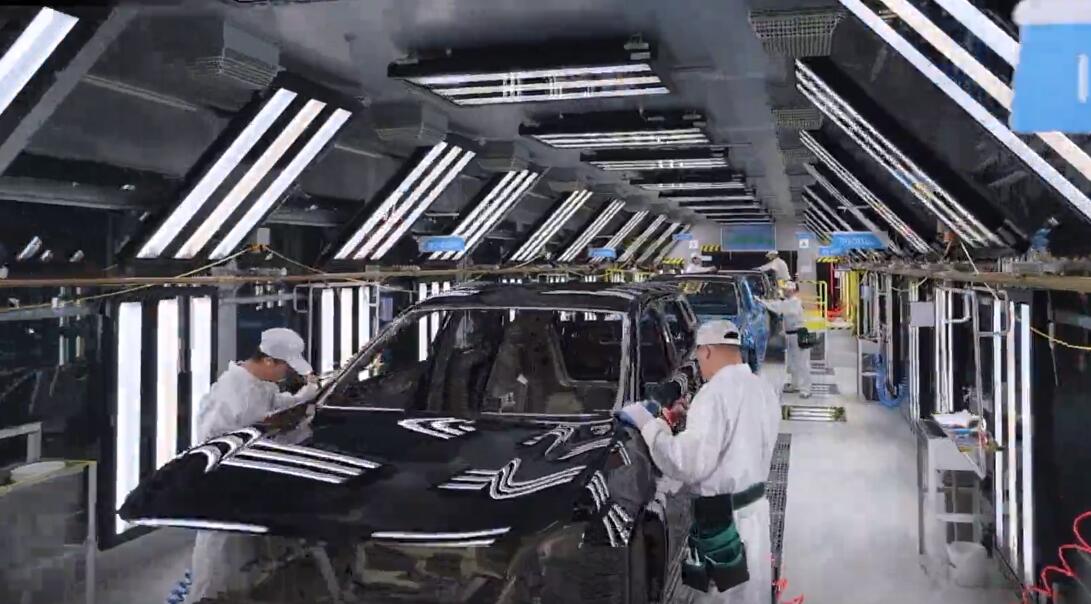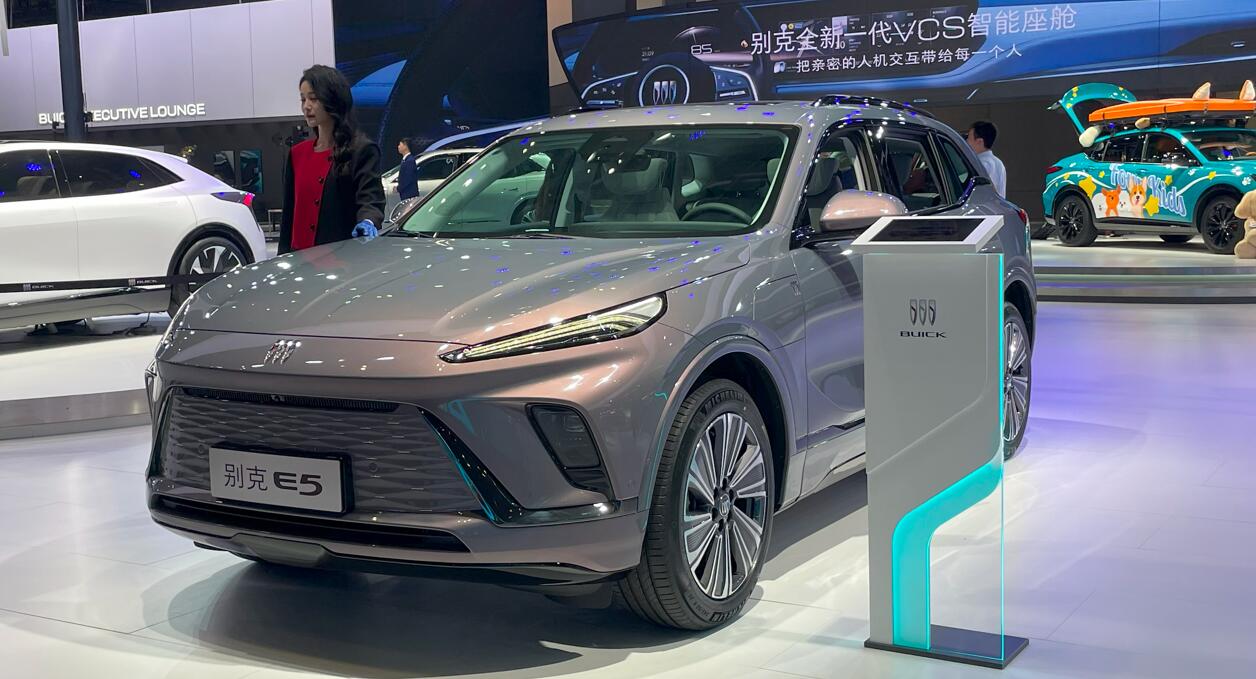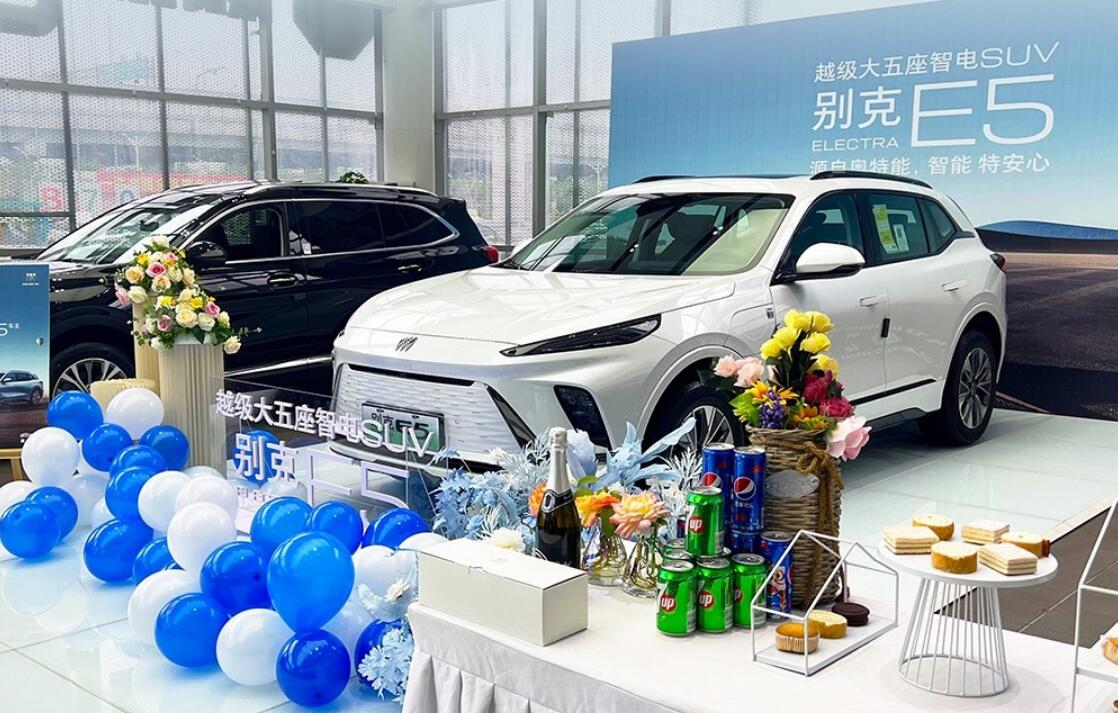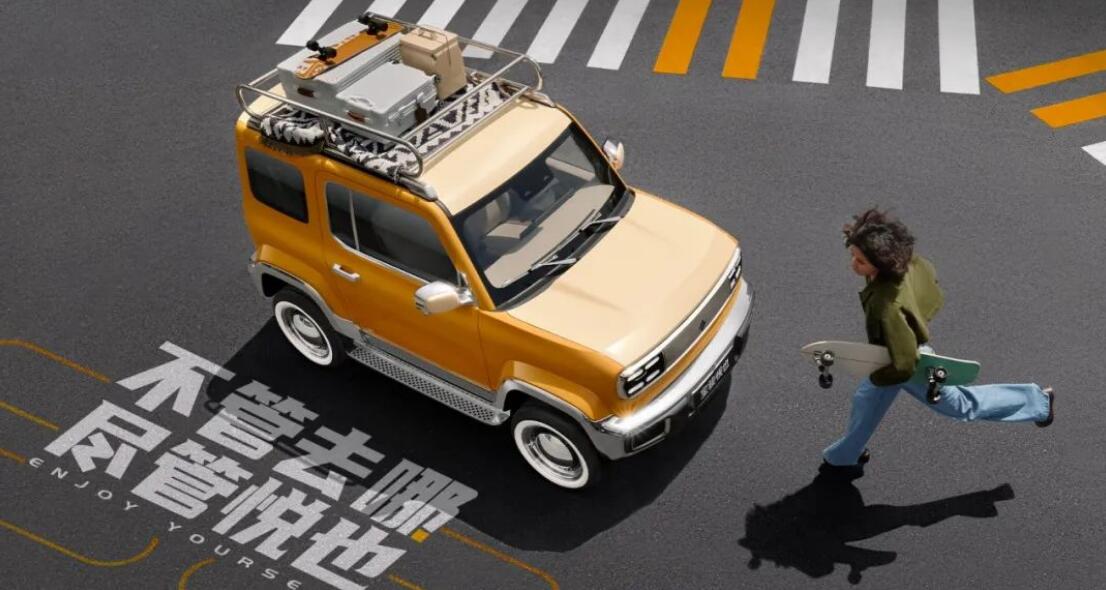In the first four weeks of May, retail sales of all passenger vehicles in China were 1,392,000 units, up 19 percent year-on-year but down 6 percent from the same period last month, according to the CPCA.

(Image credit: CnEVPost)
In the first four weeks of May, from May 1 to May 28, retail sales of passenger new energy vehicles (NEVs) in China were 483,000 units, up 82 percent year-on-year and flat compared with the same period last month, according to data released yesterday by the China Passenger Car Association (CPCA).
So far this year, China's retail sales of passenger NEVs were 2.236 million units, up 43 percent year-on-year.
Wholesale sales of passenger NEVs in China from May 1 to 28 were 550,000 units, up 81 percent year-on-year and up 1 percent from the same period in April, according to the CPCA.
So far this year, wholesale sales of passenger NEVs in China were 2.658 million units, up 49 percent year-on-year.
In the first four weeks of May, retail sales of all passenger vehicles in China were 1,392,000 units, up 19 percent year-on-year but down 6 percent from the same period last month, the CPCA said.
So far this year, cumulative retail sales of passenger cars in China were up 2 percent to 7.287 million units.
This means that the penetration of NEVs at retail in China was 34.7 percent in the first four weeks of May and 31.9 percent so far this year.
In the first week of May, May 1-7, the average daily retail sales of passenger cars in China were 54,000 units, up 67 percent from the same period last May and up 46 percent from the same period in April.
In the second week of May, from May 8 to 14, the average daily retail sales of passenger cars in China were 48,000 units, up 44 percent over the same period last May and up 6 percent over the same period in April.
In the third week of May, from May 15-21, the average daily retail sales of passenger cars in China were 48,000 units, up 15 percent from the same period last May but down 12 percent compared with the same period last month.
The average daily retail sales of passenger cars in China for the fourth week of May were 50,000 units, down 17 percent year-on-year and down 33 percent from the same period last month.
The last three days of April were the Labor Day holiday, while the last three days of May are normal sales time, so the month-end increase is still worth looking forward to, the CPCA said.
The post China NEV retail at 483,000 in 1st 4 weeks of May, flat from same period last month appeared first on CnEVPost.
For more articles, please visit CnEVPost.






















